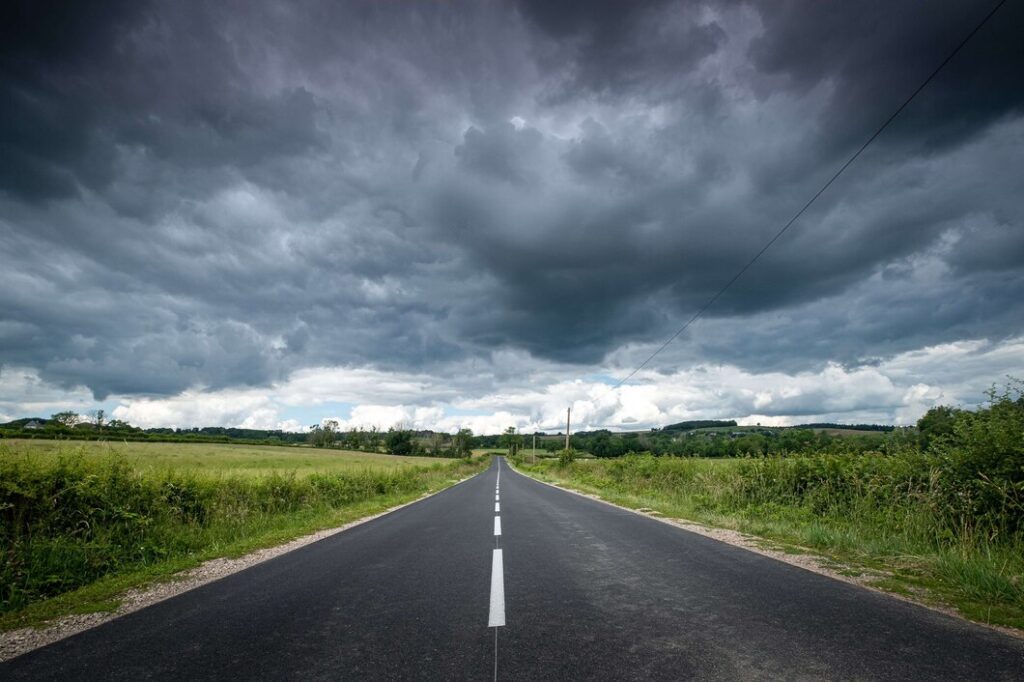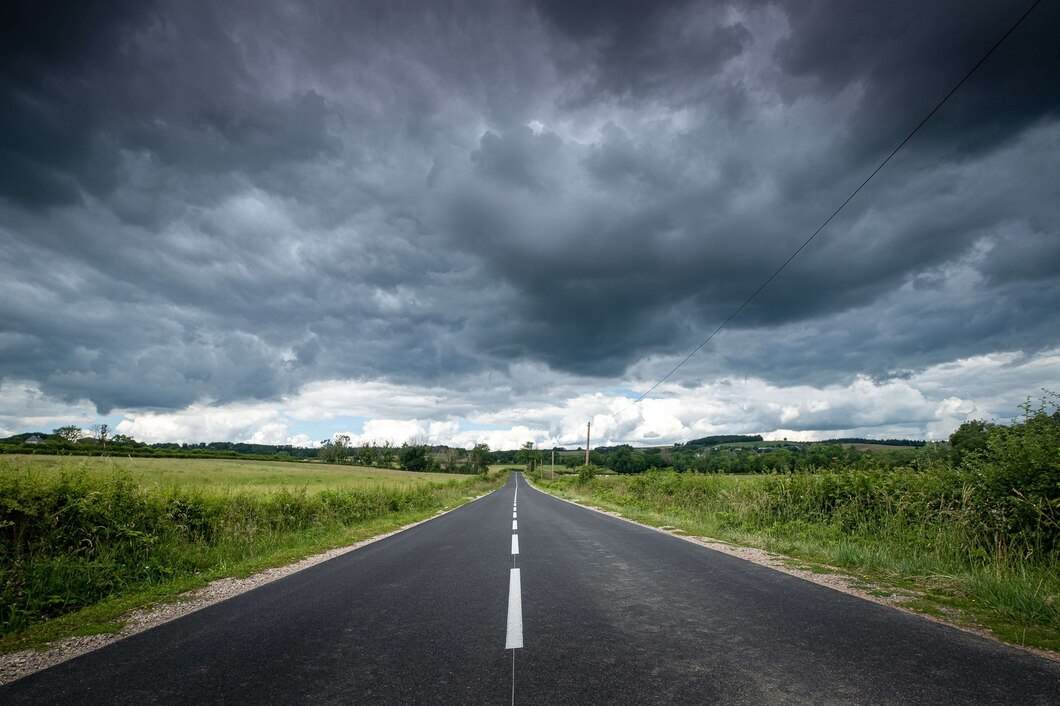
Sitamarhi, a culturally rich and historically significant town in Bihar, India, is known for its religious importance and vibrant traditions. However, when planning a visit to Sitamarhi, understanding the local weather is crucial to ensure a comfortable and enjoyable trip. In this blog, we’ll explore the weather in Sitamarhi, the best time to visit, and how the climate influences life in this beautiful region.

Understanding Sitamarhi’s Climate
Sitamarhi experiences a subtropical climate, characterized by three distinct seasons: summer, monsoon, and winter. Each season brings its own charm and challenges, making Sitamarhi a unique destination throughout the year.
1. Summer (March to June)
Summers in Sitamarhi are hot and dry, with temperatures ranging from 25°C to 40°C. The peak summer months of May and June can be particularly intense, with scorching heat and high humidity levels.
- What to Expect:
- Long, sunny days with minimal rainfall.
- High humidity can make the heat feel more oppressive.
- Early mornings and late evenings are relatively cooler.
- Tips for Travelers:
- Carry lightweight, breathable clothing.
- Stay hydrated and avoid outdoor activities during peak afternoon hours.
- Plan indoor activities or visit early in the morning.
2. Monsoon (July to September)
The monsoon season brings relief from the summer heat, with Sitamarhi receiving moderate to heavy rainfall. The region is lush and green during this time, making it a picturesque destination.
- What to Expect:
- Average rainfall ranges between 1,000 mm to 1,200 mm annually.
- High humidity levels persist, and occasional thunderstorms are common.
- Roads may become waterlogged, affecting travel plans.
- Tips for Travelers:
- Carry waterproof clothing and umbrellas.
- Check weather forecasts regularly to avoid disruptions.
- Enjoy the scenic beauty of Sitamarhi’s countryside during this season.
3. Winter (October to February)
Winter is the most pleasant time to visit Sitamarhi, with cool and comfortable weather. Temperatures range from 10°C to 25°C, making it ideal for sightseeing and outdoor activities.
- What to Expect:
- Clear skies and mild daytime temperatures.
- Nights can be chilly, especially in December and January.
- Festivals like Chhath Puja and Makar Sankranti add to the cultural vibrancy.
- Tips for Travelers:
- Pack warm clothing for the evenings.
- Explore Sitamarhi’s historical and religious sites comfortably.
- Participate in local festivals to experience the town’s rich culture.
Best Time to Visit Sitamarhi
The ideal time to visit Sitamarhi is during the winter months, from October to February. The pleasant weather makes it perfect for exploring the town’s attractions, such as the Janaki Temple, Haleshwar Sthan, and Punaura Dham. Additionally, the festive atmosphere during this period adds to the overall experience.
How Weather Influences Life in Sitamarhi
The weather in Sitamarhi plays a significant role in shaping the daily lives of its residents. Agriculture is the primary occupation, and the monsoon season is crucial for crops like rice, wheat, and maize. Summers are often spent indoors, while winters are a time for celebrations and community gatherings.
Tips for Travelers Based on Sitamarhi’s Weather
- Plan Ahead: Check the weather forecast before your trip to pack appropriately and plan your itinerary.
- Stay Hydrated: Summers can be harsh, so carry water bottles and stay hydrated.
- Embrace the Monsoon: If you enjoy the rain, visit during the monsoon to witness Sitamarhi’s lush greenery.
- Experience Local Culture: Winter is the best time to participate in festivals and explore the town’s cultural heritage.
Conclusion
Sitamarhi’s weather is as diverse as its culture and history. Whether you’re visiting for religious purposes, cultural exploration, or simply to enjoy the natural beauty, understanding the local climate will help you make the most of your trip. Plan your visit during the winter months for a comfortable and memorable experience, or embrace the monsoon for a unique perspective of this enchanting town.

